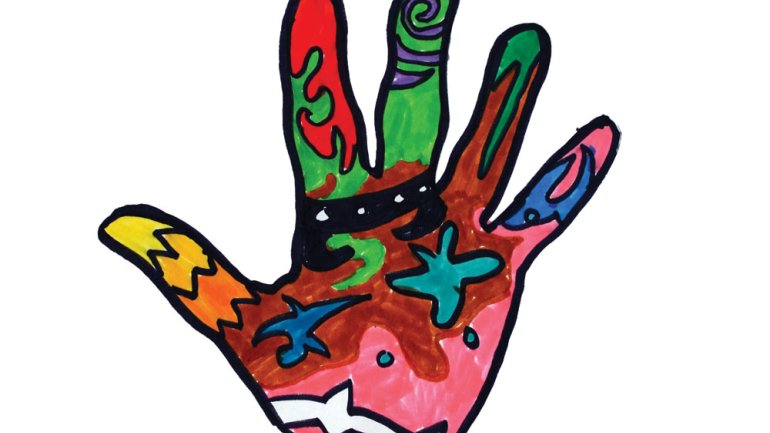That Crucial Touch
That Crucial Touch
If more people were following their dreams, they might make the choice Kim Westad made. Westad trained and worked as a graphic designer, but gave it up to make lovely functional ceramics ("The Thrill of Throwing").
People need work that stimulates their brains and nurtures their spirits. But they also need to make their hands happy. For Westad, and others like her, that hands-on connection is paramount. In her old job, Westad was perfectly adept at the software programs that were her main tools. She knew her way around Bezier curves and the virtual color wheel. But she decided she wanted to do something else with her hands. She wanted a more concrete connection with her materials, without the intermediaries of computer and client.
I think more of us are wired like Westad than we realize. Many people yearn to make things with their hands. But modern life intervenes, and that drive sits dormant within us, our hands busy cooking and typing and gesticulating, but not doing anything that really thrills us.
We start life mesmerized by our hands. As babies, one of our primary developmental tasks is to master them. Spend time with a 4-month-old, and you'll see a person obsessed with reaching, grasping, and manipulating the objects in her environment.
Then we go to preschool, where a staple of the curriculum is making things by hand. And why not? Watch a 4-year-old handling crayons or molding Play-Doh, and you'll see passion and focus you'd be hard-pressed to find in the modern workplace.
Around age 9 or 10, the picture gets more complicated. As kids, we may become self-conscious about what we make by hand. We learn there are right and wrong ways to make, and our desire to be "right" may overwhelm our longing to create. By adolescence, those regularly making art are a small, select group. Most teenage hands are busy with phones, computers, and other technology.
When we get to be adults, we may create with our hands, but for the bulk of us those creations are emails, proposals, and spreadsheets.
I thought about this when I talked to browsers at the American Craft Council shows in Baltimore and Atlanta earlier this year. Some described the work they saw as "awe-inspiring," "amazing," and "spectacular" - words usually reserved for spiritual epiphanies and the Grand Canyon. One first-timer exclaimed, "I can't believe what people can make with their own two hands!"
Yes, the work is remarkable. But I think something deeper is at play. I think these riveted craft-lovers are living vicariously. They are remembering the thrill of making art by hand. They're thinking: If I were an artist, I might make something like this. I might put those colors together, I might combine gnarly and sleek the way this weaver/woodworker/potter does.
The technology that surrounds us is also remarkable, of course. The laptop, automobile, and countless other machines have made the world profoundly more accessible. But there is a primordial human yearning to handle material directly that can't be denied. That's an idea they're keeping in mind at Haystack Mountain School of Crafts as they bring digital fabrication technology onto campus ("Haystack Embraces High-Tech").
Craft is a great spectator sport. But it's also a participatory sport. When was the last time you made something with your own two hands?

